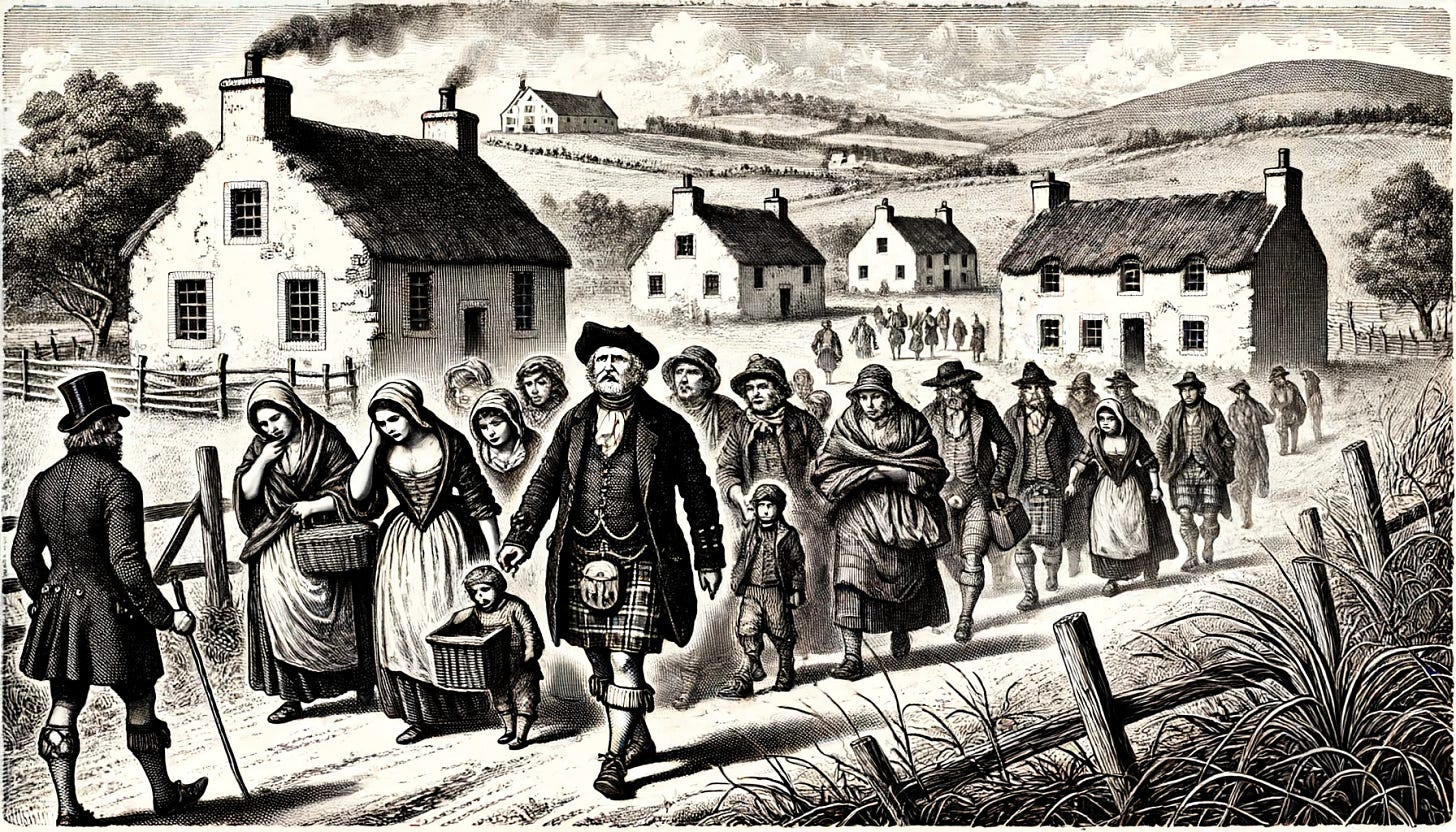In the annals of Scottish history, few stories resonate with the themes of loyalty, rebellion, and loss as poignantly as the forfeiture of the Carnegie estates in 1716. This event marks a significant turning point in the history of the Carnegie family, showcasing the tumultuous intersection of personal allegiance and national politics during a period of intense strife in Scotland.
The Historical Context
The early 18th century was a time of great political upheaval in Scotland. The Jacobite uprisings, which sought to restore the Stuart monarchy to the British throne, reached a critical point with the 1715 rebellion. Many Scottish nobles, driven by loyalty to the Stuart cause or disillusionment with the reigning Hanoverian monarchy, took up arms in support of James Francis Edward Stuart, known as the Old Pretender.
The rise of the Hanoverian dynasty following the death of Queen Anne in 1714 left many Scots feeling disenfranchised. The Act of Union in 1707 had already caused significant resentment, as it dissolved the Scottish Parliament and merged it with that of England. The Jacobites viewed the Hanoverian succession as a direct threat to the traditional Scottish way of life and their national sovereignty.
The Carnegies and Their Allegiance
The Carnegie family, known for their deep-seated loyalty to the Stuart cause, found themselves embroiled in this conflict. James Carnegie, the fifth Earl of Southesk, was a prominent supporter of the Jacobite cause. His involvement in the rebellion was a reflection of both his personal convictions and the broader loyalty of many Scottish nobles to the Stuart line.
James Carnegie's participation in the uprising was not a decision made lightly. It stemmed from a longstanding allegiance to the Stuart monarchy, dating back generations. The Carnegies, like many other noble families, believed in the divine right of kings and saw the Stuarts as the legitimate rulers of Scotland. Their support for the Jacobite cause was fueled by a desire to see a return to the traditional monarchical structure and to push back against what they viewed as the overreach of English influence.
The Aftermath of the Rebellion
The Jacobite uprising of 1715 ultimately failed, culminating in the Battle of Sheriffmuir and the flight of the Old Pretender back to the continent. In the aftermath, the British government sought to punish those who had supported the rebellion. This led to the widespread confiscation of estates belonging to Jacobite sympathizers.
The failure of the rebellion had far-reaching consequences for Scotland. The government was determined to crush any future insurrections and to solidify its control over the Scottish nobility. This resulted in severe reprisals against those who had dared to challenge the Hanoverian regime. Estates were confiscated, families were displaced, and the social fabric of Scotland was irrevocably altered.
The Forfeiture of the Carnegie Estates
In 1716, the Carnegie estates were among those confiscated by the government. This act was not just a political move but a deeply personal blow to the Carnegie family. The loss of their ancestral lands, which had been meticulously built up over generations, represented both a financial catastrophe and a profound loss of heritage and identity.
The forfeiture included not only the lands of Kinnaird but also numerous other properties that had been integral to the family's status and economic foundation. The estates were seized, and the family was forced into exile, with James Carnegie fleeing to the continent to escape capture.
The impact of this forfeiture was felt across the entire community. The tenants who lived and worked on Carnegie lands faced uncertainty and upheaval. The estates, which had once been centers of local life and commerce, fell into neglect. The loss of the Carnegie leadership left a void that was keenly felt by those who had depended on the family for their livelihoods.
The Impact on the Carnegie Family
The impact of this forfeiture was far-reaching. The Carnegies were stripped of their home and their means of livelihood, leading to a period of hardship and displacement. The once-grand Kinnaird Castle fell into neglect, its halls no longer echoing with the activities of its noble inhabitants.
Despite these hardships, the Carnegie family remained resilient. The spirit of perseverance that had characterized their history continued to guide them through this dark period. In 1763, Sir James Carnegie of Pittarrow, a descendant of the exiled Earl, managed to repurchase the family estates. This act of reclamation was a testament to the enduring legacy and determination of the Carnegies.
The years in exile were difficult for the Carnegie family. James Carnegie's children grew up far from their ancestral home, in a foreign land, without the stability and resources they had once known. However, the family's commitment to their heritage and their determination to reclaim their rightful place never wavered. The repurchase of the estates by Sir James Carnegie was not just a financial transaction; it was a symbolic act of restoration and renewal.
A Legacy of Loyalty and Resilience
The tragic forfeiture of the Carnegie estates in 1716 is a poignant chapter in the family's history. It highlights the severe consequences of political allegiance in a time of national turmoil and underscores the enduring strength and resilience of the Carnegie family. Today, the story serves as a reminder of the complex interplay between loyalty, power, and survival in Scottish history.





